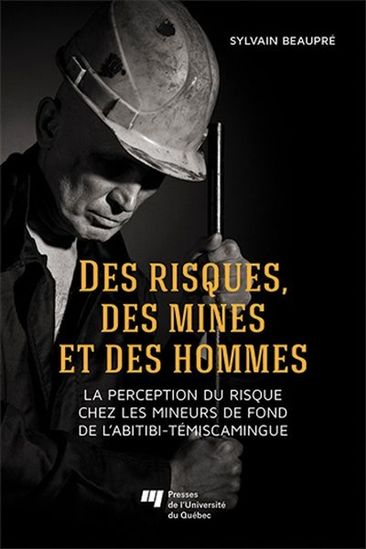Interview With Anthropologist Sylvain Beaupré

Date: August 2015
Credits: Corporation de la maison Dumulon
Image credits: Sylvain Beaupré, Des risques, des mines et des hommes, La perception du risque chez les mineurs de fond de l’Abitibi-Témiscamingue. Québec, Presses de l’Université du Québec, 2012, 131 pages.
Sylvain Beaupré : “In lode mines, where the deposits are at their narrowest, we still use outdated technologies. But the system is always the same. The driller gets to the wall he has to drill, which he calls his “face”. Then, he goes to clean the ground, remove the dynamite that could potentially stay at the bottom of the poorly blasted hole and will also serve as a first scaling. He will then scale with a scaling bar. Once all of this is done, the team will identify where they should make the cut (the plug). This cut—say for this case only because it could change from one mine to the other, from one place to the other in the same mine depending on the type of ores—means they drill for instance 6 holes about the middle, what the miners call a “round”. After that, miners will drill holes around it and put dynamite in the holes. Then, they will eventually proceed to blast and someone else will take care of carrying the ores. So, what do you do now when all the holes have been drilled and are ready to blast? The middle part, which I called the “cut” earlier on, will be propelled forward, leaving space for the rocks around it to collapse. And it’s quite surprising because you see a gallery that was blasted to be brought forward and well it’s like a pile of gravel that could easily have been put there by a powered shovel—it’s quite surprising! And once the ores have been blasted, there is a tool—in a narrow mine, it would be a much machine; in a modern mine, it would be a scoop trend—that will collect ores and a miner will drop it in the ores passage if they are of good quality. If it is revealed to be gangue, it will go into the mine dumps passage. In any case, it will go to the bottom of the mine. The chute is not quite straight: It is angled so that rocks would get crushed as they go down. We retrieve it at the bottom of the mine and from there we haul the ores up. And now the processing can start.”

